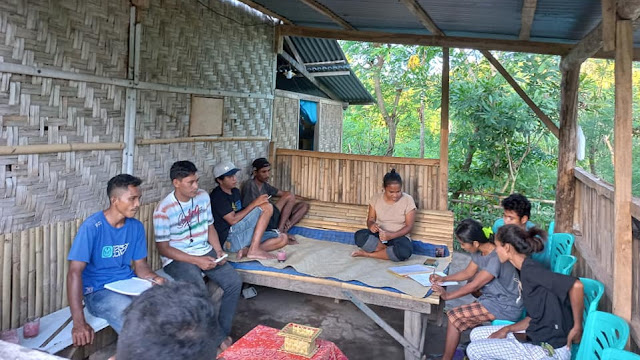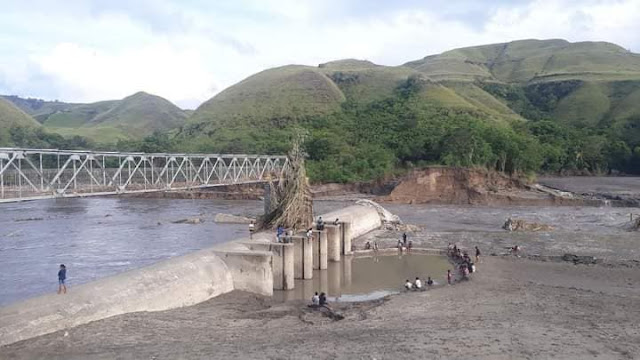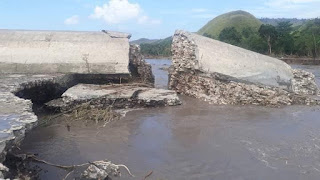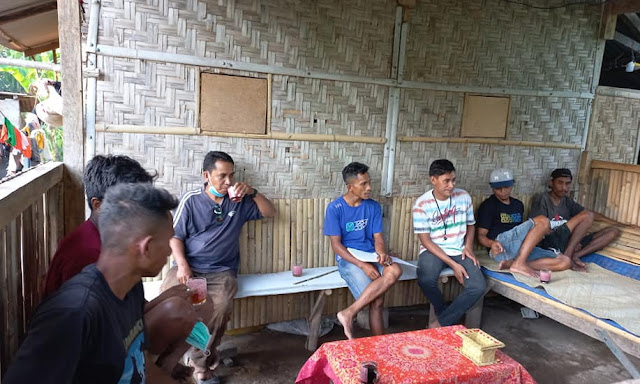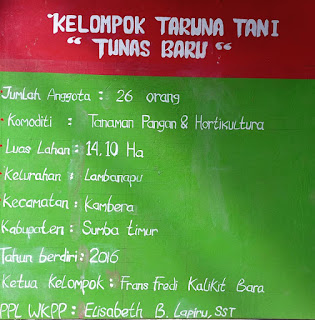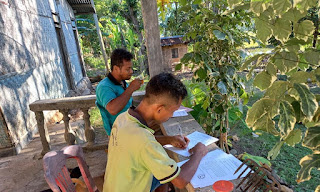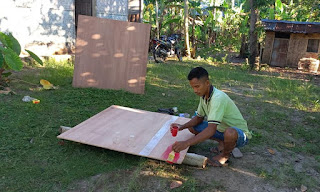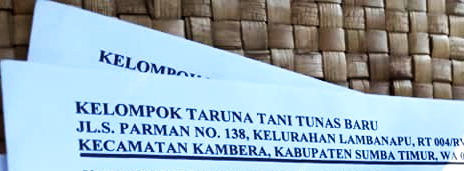Farming Strategy after Hit by Seroja Cyclone
Tuesday, 27 April 2021by Frans Fredi Kalikit Bara
By: Frans Fredi Kalikit Bara
Sunday, April 4, 2021, became a tragic moment and the memory traumatized the residents of Malumbi, Lambanapu, and the surrounding areas. Seroja Cyclone triggered a flash flood in the Kambaniru river that broke the Lambanapu dam which has been draining 1.400 hectares of rice fields while the level of the community’s dependence around the irrigation flow is quite high. So, you can imagine the impact of the damage to agriculture. Not only rice fields, but many residents lost their houses and gardens located on the riverbanks because they have been eroded by the flood currents.
The chain impacts of the disaster caused most farmers to lose their productive activities that support their daily life and future lives. Not only in the Malumbi and Lambanapu areas that were hit by direct or indirect impacts, but also, floodwaters that knocked down several bridges, and several houses in Kambaniru were submerged by overflowing water, worse road access to the southern region was also cut off and Umbu Mehang Kunda airport was also flooded by floodwaters so the flight activity stopped completely within a few days.
Stube HEMAT through the multiplication program together with the group of Taruna Tani Tunas Baru responded to this disaster by holding a meeting that discussed, “Farming strategies after flood disaster at Kambaniru dam”. Formerly, the government side, in this case, the head of Kambera district head was in charge as the speakers for this theme, but due to the increasing spread of Covid-19 in East Sumba Regency, the topic be discussed internally between the group leader and the management. It will be wasting time if people only wait for the government to renovate the dam, as it is estimated that it will take about 3 years to be normal again. An alternative step was taken after the discussion to continue to do agricultural business by utilizing groundwater or well water. Some use simple technology by providing a water pump and sprinkler hose and some will use a drip irrigation system.
The hopes expressed in this discussion is the farmers can survive and cultivate the crops by utilizing the latest irrigation system, then, they will be dare to release the dependence on irrigation channels and the last, the disaster is not an obstacle to do agricultural business, even it teaches farmers to be more creative to find new ways of farming.***
